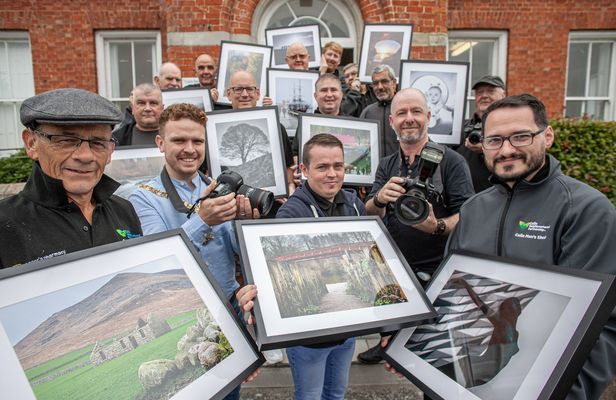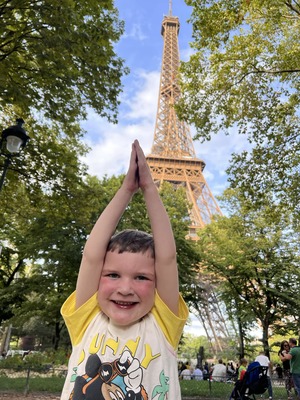AN opportunity to view designs which have been produced by architects from across the globe for the Mackie’s site in West Belfast have gone on display.
Statutory bodies, housing associations and elected representatives attended the conversation at the Crescent Arts Centre and had the opportunity to hear from Martin Dunn, CEO of Dunn Development Corporation, New York.
Martin Dunn shared his experiences of overcoming challenges and embracing opportunities to deliver over 3,000 units of affordable housing in New York using innovative, inclusive and sustainable development models.
This year, Take Back The City launched a competition inviting architects and urban planners worldwide to “design a unique, climate-resilient community” on the former Mackie’s site. The site is the “largest vacant publicly-owned site” in Belfast and the “area of highest housing need” and has been vacant for nearly 20 years.
The competition has had over 50 architects and urban planners from six continents expressing their interest in the international competition and 15 finalists from countries across the globe including USA, Mexico, Ireland, India, England, Australia and Iran have all entered designs. The competition is part of a series of campaigns by the NGO human rights organisation Participation and the Practice of Rights.
“I was here a little over three years ago which is when I was first shown the Mackie’s site,” Martin told the Andersonstown News.
Some of the designs submitted as part of the competition
“I think there are lessons that we have learnt on developing affordable housing on public known sites that are relevant to Mackie’s. One of the things that struck me when I was here three years ago is this community vision for housing, a greenway, commercial opportunities to generate jobs and a place to grow food. It is absolutely feasible and possible, and I saw tremendous opportunities on the site.”
Martin, who has over 20 years’ experience working on similar projects in New York, said: “One of the great things is the design competition that PPR is doing. It moves the conversation beyond ‘well I don’t like this one idea’. It’s always easy to object to something and the nice thing about eleven options is when you see all the different approaches and the trade-offs.
“It discusses how you accomplish it and what the trade-offs are and how you do it. The key is having people at the table, having discussions and what was wonderful about my visit here is that I have met people that are in need of housing, I met people that are involved in the development of housing and there was a conversation about how you overcome that and how you bring more people in to get this to happen."
Martin gave two pieces of advice on the project from his professional experience.
“One is trying to address doing lots of listening and pressing different people’s priorities and concerns brings constituencies together and can make a more integrated project. You can bring all those people that have all those priorities together and you can have more, and you can find out what people need and what people want and find a way to add it to the site with a planning so you can get a broader constituency.
“The other one is not being afraid when people say it’s not how we’ve done it or our systems aren’t set up to do this type of innovation, to be willing to disrupt that,. There’s very few meaningful important developments that people didn’t at first say that you can’t do that or it won’t work, so there may be things that have to change about how things are financed or how things are normally done but if you want to achieve this vision, it’s possible.”
Speaking on the competition process, Martin – who is one of the judges on the panel – said: “The brilliant thing about this process is, yes there’s developers and architects and planning professionals on the review committee but it’s also incorporating all these community feedback sessions and also including in particular the views of homeless families who need the housing.
“Out of the process will come a plan that has brought more voices and expertise and lived experience to the table than most of any plans I have ever heard of. Which means it’s going to be more successful.”








